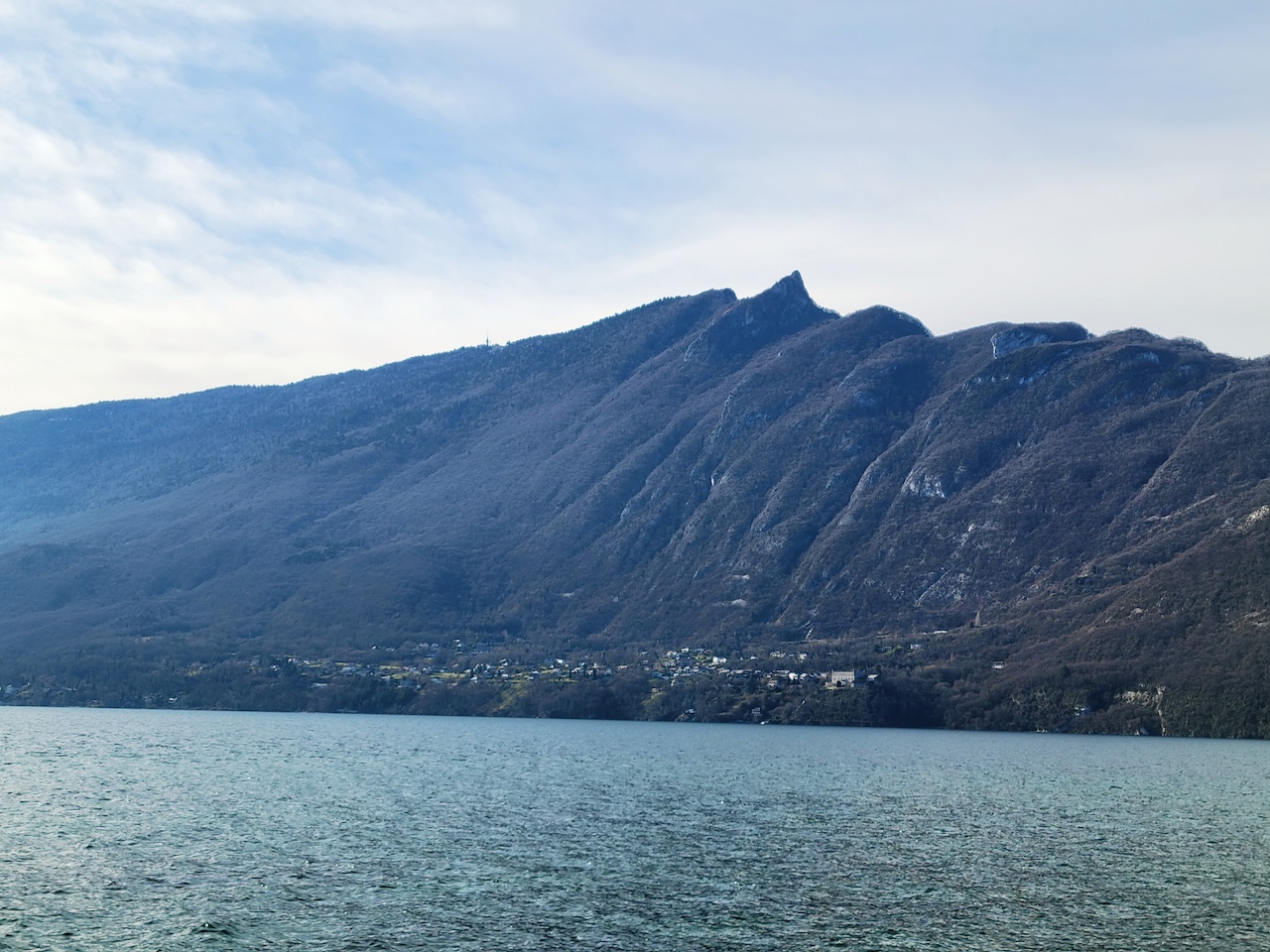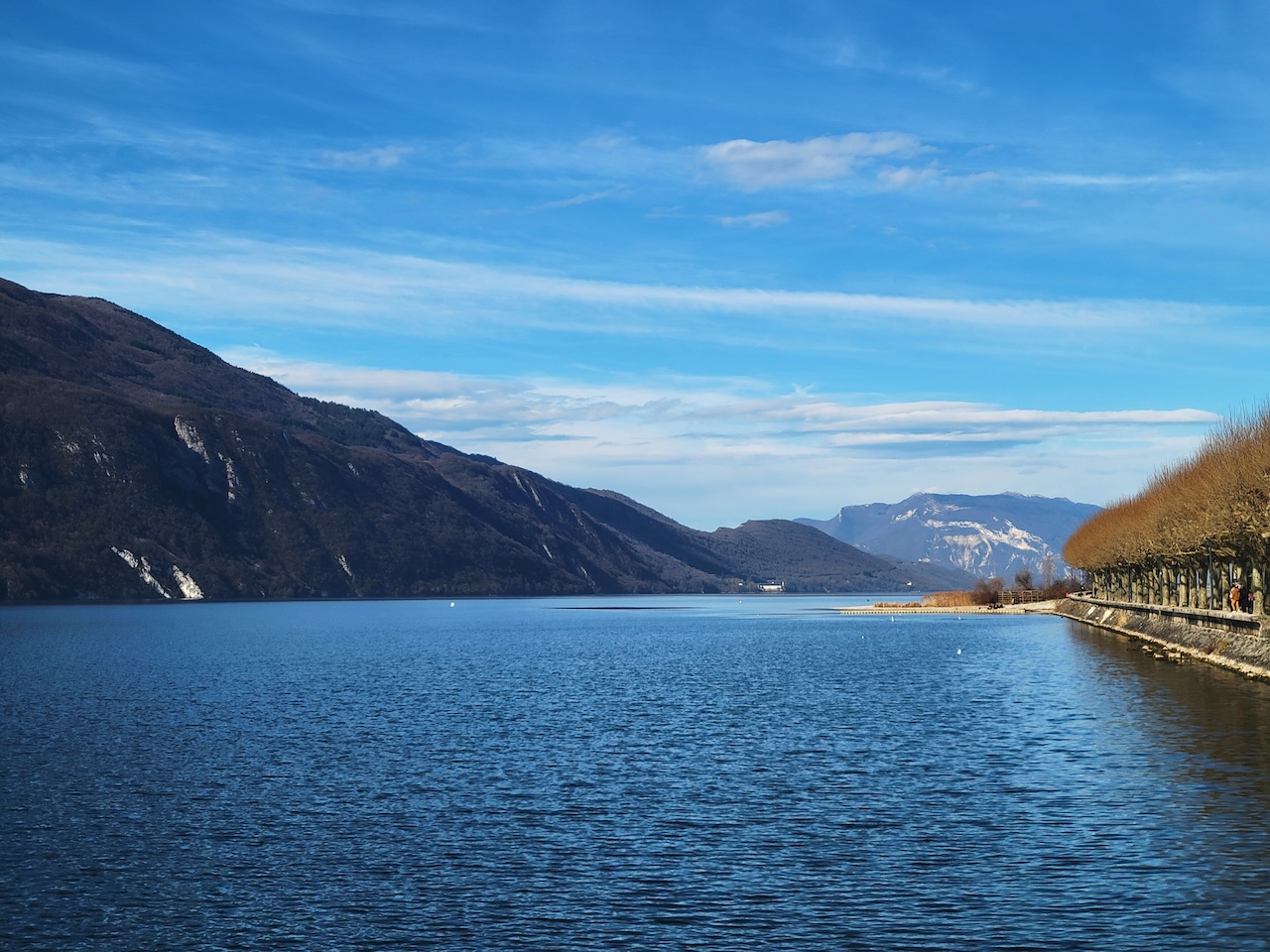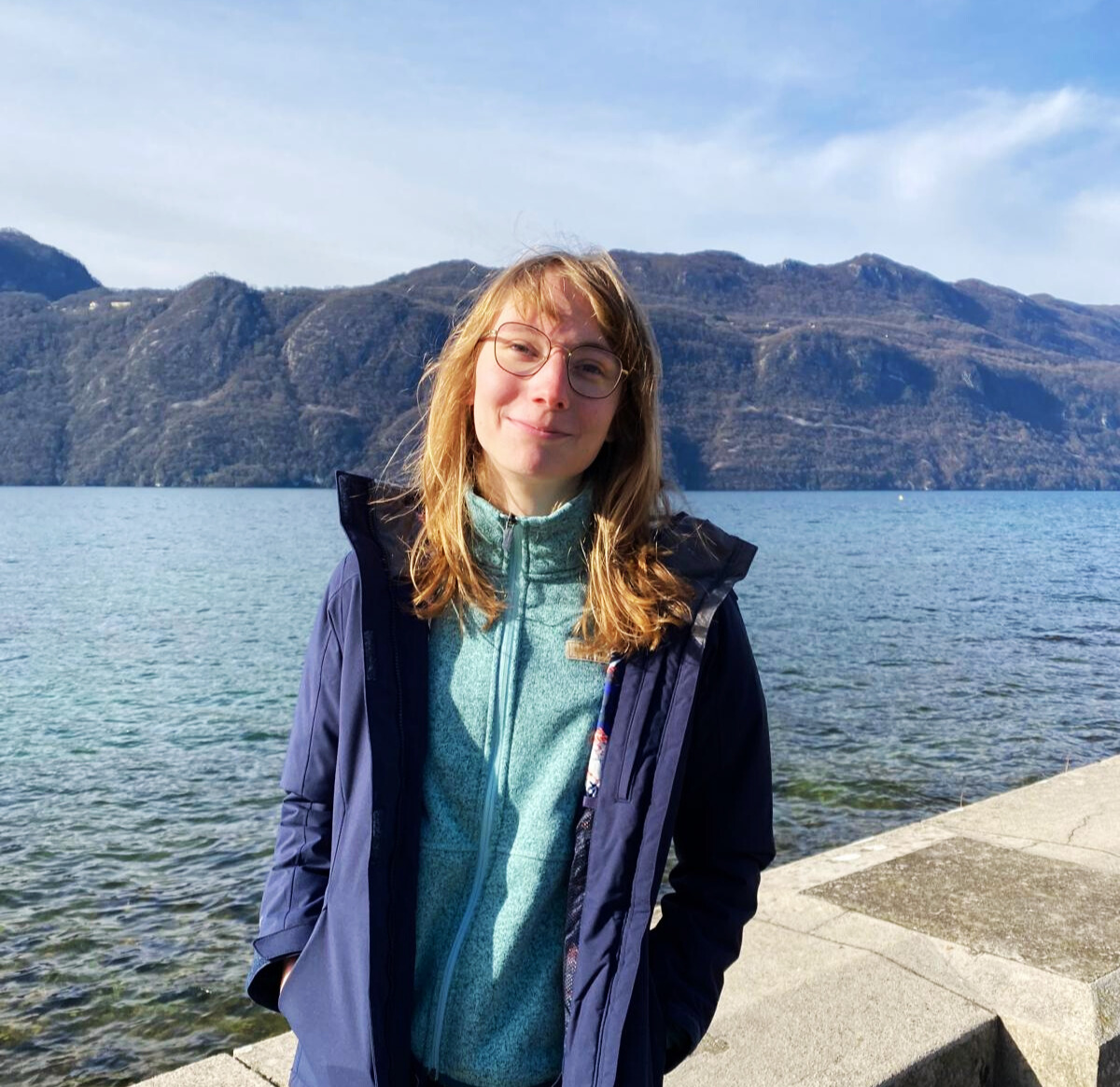One of the biggest privileges in traveling and studying abroad is getting exposure to history, whether at the national, regional, or local level. Grenoble and its mountainous environs are certainly no exception to this phenomenon. Many centuries ago, the city was a small Gallic village known as “Cularo.” Over time, it grew in size and stature: under Roman rule, it became a walled town; after a visit by the Emperor Gratian, it was declared an administrative capital and renamed “Gratianopolis”; during the post-Roman Middle Ages, the city’s name changed to “Graignovol” (a direct precursor to the modern name) and control of the city switched between Visigoth tribes, the Burgundian Kingdom, and the Holy Roman Emperor; by the 11th century, Grenoble became the capital of the Dauphiné, a sovereign principality. Rule from Paris over Grenoble only began in 1349, when the Dauphin of the principality, indebted and heirless, sold the territory and his title to the French monarchy; this treaty is also the reason why all French royal heirs were from then on known as “dauphins,” or dolphins!

Although Grenoble under French royal administration was more of a minor border city, it continually played an important role in the politics and economy of the realm, whether by developing its glove industry, suffering through the French Wars of Religion, being the backdrop to some of the first conflicts of the French Revolution, or by enthusiastically welcoming Napoleon I during his march to Paris in the futile Hundred Days’ Campaign. The 20th century was no different, as Grenoblois witnessed the rapid expansion of the University of Grenoble (now the re-united Université Grenoble Alpes, or UGA, where Sciences Po Grenoble is a subsidiary school), endured German occupation in the Second World War, and hosted the 1968 Winter Olympics.
With a past going back over 2,000 years, I have found that history can be found on nearly every street corner. Although the university in the commune of Saint-Martin-d’Hères is more modern, with an expansive campus defined by brutalist architecture, finding the Grenoble of centuries past is always a short tram ride away. Remains of the ancient Roman-Gallic defensive wall can be found at the Musée de l'Ancien Évêché and on Rue Lafayette. Right by the Musée, you can find the Cathédrale Notre-Dame de Grenoble, a Roman Catholic church extant since the 10th century and the seat of the local bishop. Of course, one cannot forget the Bastille, a 16th century fortress you can hike up to that overlooks the entire city. Put simply, the past is all around you when you study in Grenoble, and although you will not have enough time to see everything, I highly recommend that you take in your surroundings as much as you can, whether while commuting to class, running errands, taking walks, or on nights out.

Further, I advise anyone attending Grenoble in the future to not neglect the wider Auvergne-Rhône-Alpes in their travels. Although the instinct to go to Paris or even outside France is more than welcome, I highly recommend an affordable TER train ride to Savoie or Haute-Savoie, two rivalrous regions historically tied to the realms of Italy and that only came under French administration in the 19th century. Visiting either of these départements for just a weekend will expose you to more Alpine landscapes (including the amusingly named “Dent du chat” mountain peak), a rich gastronomy, and a deep cultural heritage. In my case, I was able to visit Aix-les-Bains, a small spa town facing the Lac du Bourget, one of the largest lakes in the country that became popular through romantic poetry in the 19th century. In one restaurant after a long day of exploration, a local enthusiastically asked me what a university student from the US was doing in such an “out of the way destination,” and after a lively conversation about Savoie’s natural beauty, he gave me a complimentary glass of local wine. It was a very kind and surprising gesture of hospitality that made me understand the region’s pride and practices in a hands-on way.
Overall, though effective studying, self-care, and daily routines were extremely important to figure out as I settled into my study abroad environment, I found that it was just as important to plan the occasional adventure, big or small, to satisfy my inner history fanatic and better understand the past of my host country and host city. As my term at Grenoble finishes up, I regret not being able to explore more, but I am also happy to know that whenever I come back to the “Capital of the Alps,” there will always be more to discover.
Sophia Pavlenko
Spring 2025
GW Exchange - Sciences Po Grenoble
Elliott School of International Affairs
International Affairs


